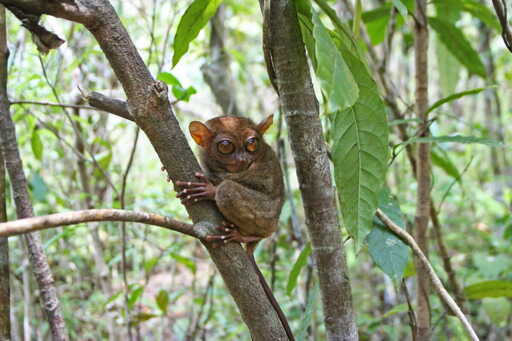Nearly all of UNESCO’s more than 2,200 World Heritage Sites, Biosphere Reserves and Geoparks have already endured climate extremes over the past two decades. That’s according to initial data from the first ever global biodiversity and climate assessment unveiled at the UNESCO World Congress of Biosphere Reserves, held in Hangzhou, China, from Sept. 22-26. The initial data were launched at a side event of the congress, ahead of the report’s full release later this month, and underscore the escalating pressures on places that Indigenous peoples and local communities depend on for food, culture and livelihoods. “[UNESCO sites are] among the most important places on the planet. But these sites are under pressure,” said Tales Carvalho Resende, an associate program specialist at UNESCO, who presented the findings and a new monitoring platform, UNESCO Sites Navigator. Indigenous peoples on the frontlines The assessment found that 98% of UNESCO sites have faced at least one climate-related extreme since 2000. If global temperatures rise by just 1° Celsius (1.8° Fahrenheit) by 2050, their exposure to climate extremes could triple. This impacts Indigenous peoples, said sources, as about 20% of UNESCO sites overlap with their lands and territories. Globally, UNESCO sites support around 1.2 billion people — nearly 15% of the world’s population — many of them Indigenous or local communities who rely directly on these lands and waters for sustenance and cultural practices. A Waorani indigenous youth prepares to use his blowpipe in Yasuni National Park in the Upper Napo Valley of the Western…This article was originally published on Mongabay
From Conservation news via this RSS feed


